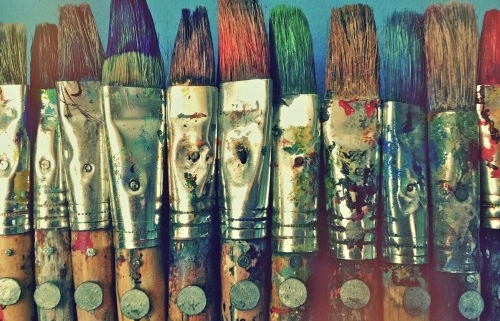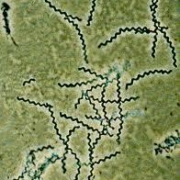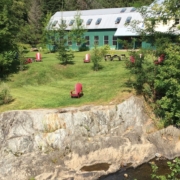The Art of Storytelling
Lately, I find myself envisioning my fingers on the keyboard as paintbrushes sweeping swaths of color across a canvas, as an e xacto knife carving an image into a rubber plate, a piece of wire bended and curved into an imaginary shape, flesh meeting clay, molded into story, unfolding across the screen of my laptop.
Creating a story, spinning a yarn, is as much an art as any studio creation. Yet, in academics, it’s often relegated to stuffy English departments with teaching needs and little attention to the needs of the artist, of the storyteller. I wonder does the money and time that a student devotes to her degree really pay off?
What does a storyteller need to thrive and create? I would argue much of the same ingredients that you find in a visual arts program: a supportive and inspiring studio space, filled with natural light, quiet and easy conversation between artists, and professors who offer encouragement for each storyteller’s unique vision and talent.
The two writing programs I’ve attended couldn’t have been more different from each other. The students were different, the cultures were different. I’ve grown in important ways through my experiences with each, but I’m left with questions about writing programs in general. For instance, why do students attend graduate creative writing courses in small, crowded classrooms with harsh overhead lighting? Why are the classrooms set up for lecture-style teaching and why is the student’s writing done primarily at home? What is the model that the creative writing program was built upon?
I really believe that all writing students show up on the steps of a writing program because they share the same basic hopes and desires: to be inspired and nurtured, to feel safe enough to experiment and to find their way into their unique identity as an artist.
When I first began my graduate studies, I was indecisive about which direction to take: an MFA in creative writing or an MFA in visual art. Over the years, both have competed for my attention, feeding me equally at different junctures of my life. There has always been value in this attachment to both. By looking back at the path I didn’t ultimately take, by comparing a visual art path to a writing path, I now find some answers to my questions about writing programs.
Peer critiques. Workshops are the bedrock of writing programs. It’s a hazing of sorts. If you can make it through a bad workshop and still believe in your work, then just maybe you’ll make it in the real literary world. But is it really necessary? I find it instructive that visual art programs do not build their programs on peer critiques.
Mistakes. One thing you learn in the art room is how important a mistake can be to your evolution as an artist. Really, there are no mistakes. Experiment. Start over. Patiently perfect. These are the things you learn as an artist. I thought I’d be rolling up my sleeves, donning an artist frock, and making a mess with experimentation and regular writing exercises. For the most part, this has not been the case; often the expectation is that your work for class will be perfected and polished, like a painting ready for a gallery show.
Natural light. Most creatives respond positively to spaces filled with natural light and windows. It’s unusual to find an art room without plenty of natural light (skylights, large windows, full spectrum bulb lighting). This is definitely missing from writing classrooms, and yet writers need inspiring space just as much as the visual artist.
Camaraderie. Camaraderie is common in the art room. Visual artists sometimes work in silence, but often there are breaks in concentration and easy conversation between students. A professor or instructor moves around the room talking one on one with students and encouraging every student in the room at regular intervals.
Storytelling is an art. One that requires the writer to be bold, seek encouragement and constructive support, to take risks. It’s an art that benefits from mistakes and what the writer can learn from them. Ultimately, I believe that what a storyteller craves is an inspiring and safe space. When looking at writing programs, I would suggest that writers ask themselves about the potential of the real creative space. Does it have the energy of an art studio? Is it inspiring?
I’ve collected knowledge on technique during my time in the writing programs, like a squirrel gathering nuts in autumn, like an artist filling her studio space with art materials. They sit beside me while I type on my keyboard. I reach for the setting paintbrush, or the editing e xacto knife, for the chunk of character clay, and I sit at my desk, which is positioned between two windows bathed in natural light. I find my way. I selectively choose what to discard and what to keep from my courses, my peers, my professors, and I line up books by authors who inspire me. I get to work on forging my way as an artist. A storyteller. And I dream of starting my own writing program, one that focuses on the artist behind the story.
Image courtesy of Karen Michel.



